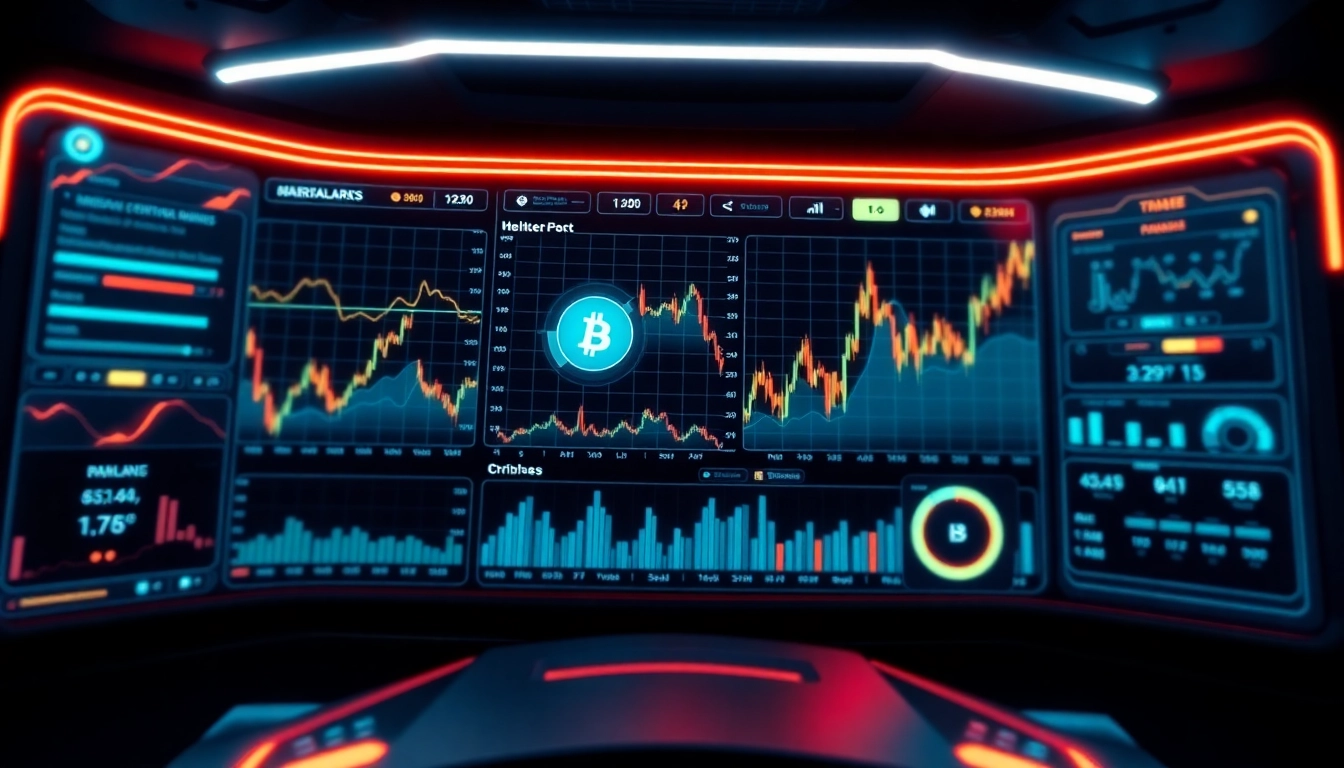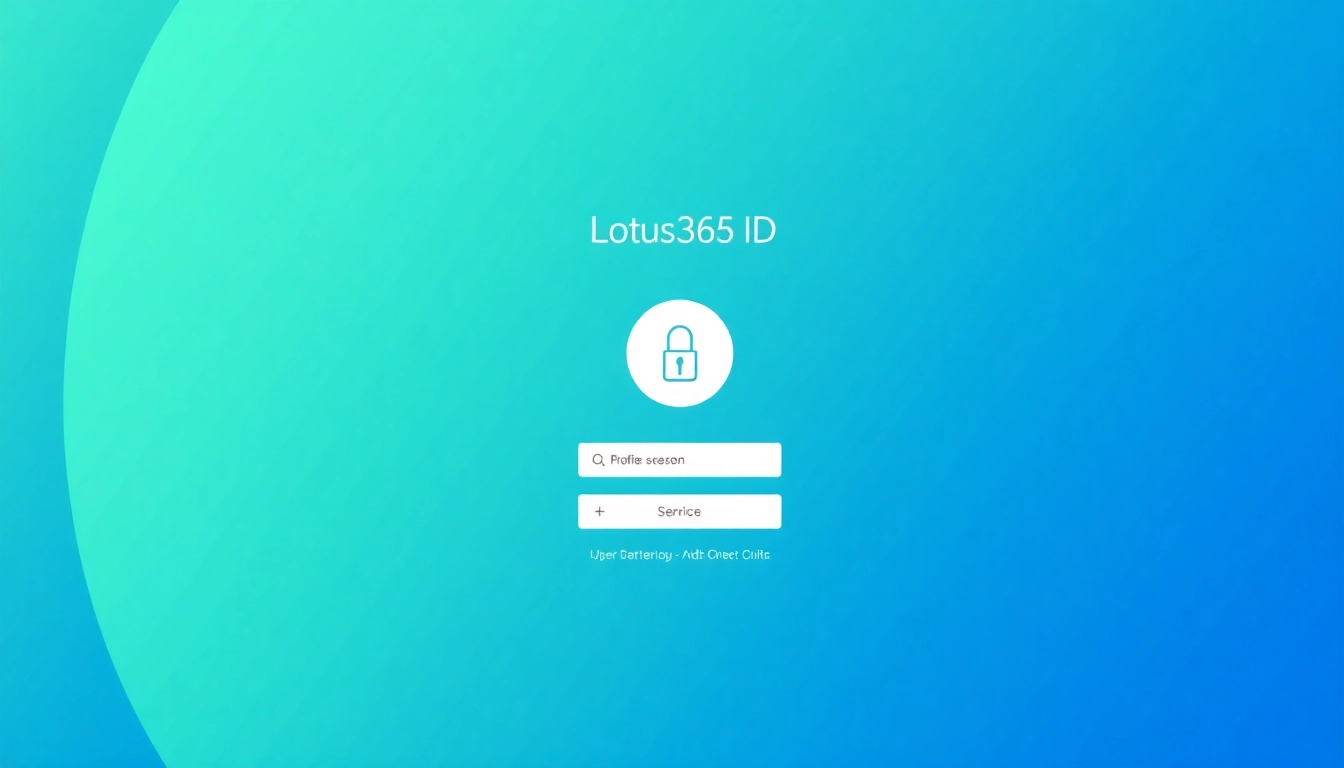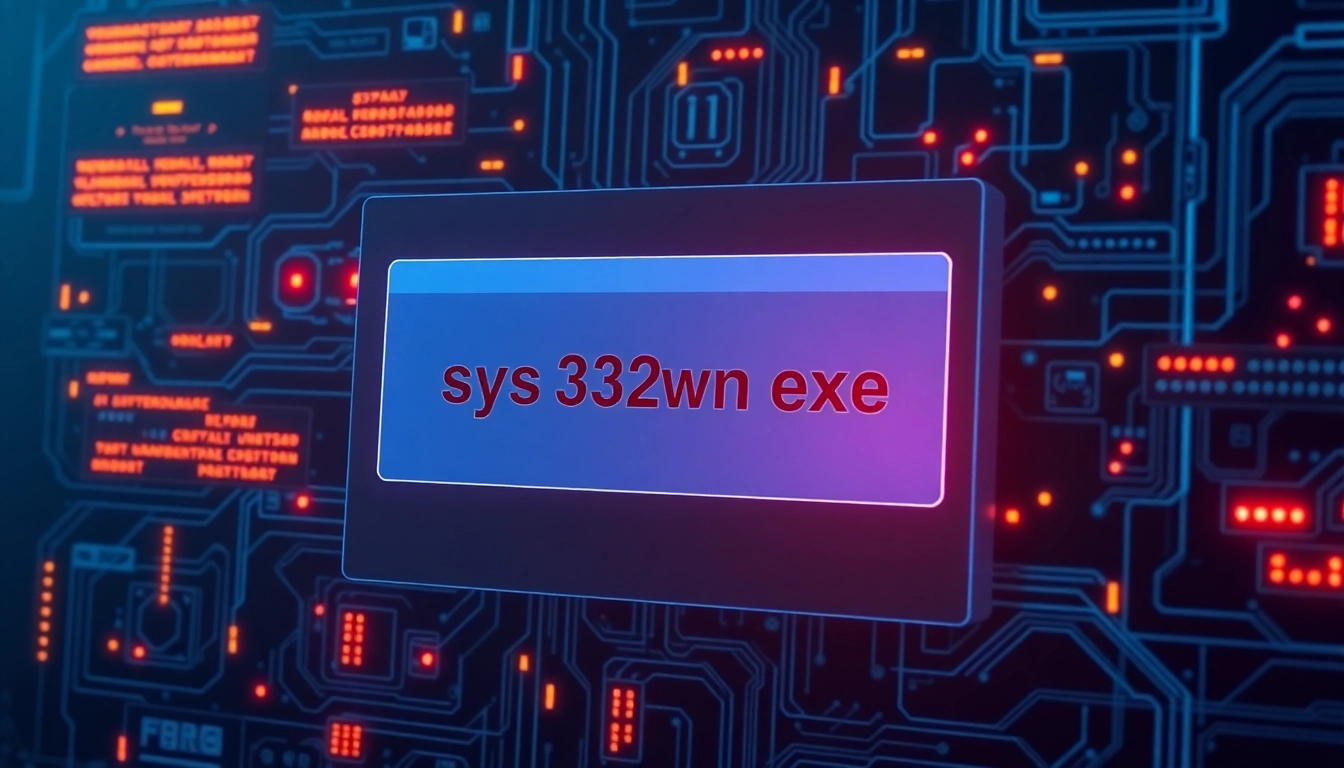Introduction to Bitcoin Mining and Hardware Basics
Bitcoin mining is the backbone of the cryptocurrency ecosystem, serving as the process that sustains the decentralized ledger known as the blockchain. It involves validating transactions, securing the network, and introducing new bitcoins into circulation. At its core, it requires specialized hardware and software to solve complex mathematical puzzles—proof of work—that confirm transaction authenticity and maintain the integrity of the network.
Understanding what a bitcoin miner is essential for anyone interested in entering the world of cryptocurrency. Miners are the hardware devices or software solutions that perform these computational tasks. Their efficiency, power consumption, and capabilities directly impact the profitability of mining operations, making the choice of hardware and setup critical for success in this competitive landscape.
What is a Bitcoin Miner and How Does It Work?
A bitcoin miner is a hardware device, often a specialized computer, designed to perform the necessary computations to verify transactions and add them to the blockchain. These devices compete to solve cryptographic problems, primarily through hashing functions, particularly SHA-256 in Bitcoin’s case. The first miner to find a valid solution broadcasts it to the network, and upon verification, is rewarded with a fixed amount of bitcoins plus transaction fees.
The process hinges on solving these puzzles efficiently—this involves repeatedly hashing data and comparing results against a target difficulty level set by the network. When a miner finds a valid hash, it creates a new block, which is then appended to the blockchain, reinforcing the security and immutability of the ledger.
It’s important to recognize that mining is a resource-intensive activity demanding high computational power and energy consumption. This necessitates investing in robust hardware, a reliable power supply, and adequate cooling solutions to maintain operational efficiency and profitability.
Types of Bitcoin Miners: ASICs, GPUs, and Cloud Solutions
ASIC Miners
Application-Specific Integrated Circuits (ASICs) are custom-designed hardware tailored specifically for bitcoin mining. ASIC miners like the Antminer S19 series have revolutionized the industry by providing unparalleled efficiency and hash rates. These devices are optimized for energy efficiency and high-speed processing, making them the most popular choice for professional miners seeking profitability and scalability.
GPU Miners
Graphics Processing Units (GPUs) are versatile hardware components originally designed for gaming but now extensively used in mining due to their flexibility and ability to mine multiple cryptocurrencies. While less efficient than ASICs for Bitcoin, GPUs are valuable in mining altcoins and in situations where ASIC-based mining is prohibitively expensive or unavailable.
Cloud Mining Solutions
Cloud mining allows individuals to rent mining hardware hosted in remote data centers. This approach eliminates the need for hardware investment and maintenance but often involves contractual commitments and shared resources. Platforms like NiceHash facilitate cloud mining by providing access to mining power without physical hardware management, appealing to beginners and those with limited technical expertise.
Key Features to Consider When Choosing a Bitcoin Miner
Choosing the right bitcoin miner involves evaluating multiple parameters to maximize investment returns. Critical features include:
- Hash Rate: The number of hashes the miner can perform per second, directly affecting potential earning capacity.
- Power Consumption: Total energy usage measured in watts; lower power consumption for a given hash rate translates into higher efficiency and profitability.
- Cost: Initial purchase price and ongoing electricity costs must be balanced to achieve a positive return on investment.
- Durability and Reliability: Hardware should be robust, with high uptime and minimal maintenance issues.
- Physical Size and Cooling Needs: Adequate cooling solutions are vital as mining hardware can generate significant heat, affecting longevity and performance.
- Firmware Compatibility and Software Support: Compatibility with mining software and firmware updates enhances overall performance and security.
Overall, an optimal miner aligns with your operational goals, capital investment capacity, and electricity infrastructure.
Leading Bitcoin Miner Models and Their Performance Metrics
Top ASIC Miners for High Efficiency and Speed
Among the leading ASIC models, the Bitmain Antminer S19 Pro and MicroBT WhatsMiner M30S++ set industry standards. The Antminer S19 Pro boasts a hash rate of up to 110 TH/s with power consumption around 3250W, providing a strong balance of speed and efficiency. Similarly, the WhatsMiner M30S++ offers comparable hash rates with slightly different power metrics, appealing for different operational preferences.
These miners leverage advanced manufacturing techniques, such as 7nm chipsets, enabling higher processing speeds, energy efficiency, and longevity. Choosing between them depends on specific factors like available power capacity, cooling solutions, and budget.
Additional models, such as the Antminer S21 series, are emerging with even higher hash rates, signaling continuous innovation in hardware capabilities.
Comparing Power Consumption and Hash Rates
Optimizing mining profitability depends heavily on the balance of hash rate and electricity consumption. For example, a miner with a high hash rate but excessive power usage may become unprofitable if electricity costs outweigh earnings. Conversely, a device with moderate hash power but exceptional energy efficiency might yield better net gains.
Detailed performance metrics reveal that modern ASIC miners typically operate at efficiencies below 30 J/TH (joules per terahash). Miners like the Antminer S19j Pro achieve efficiencies around 29 J/TH, while older models may consume upwards of 40 J/TH.
When selecting hardware, consider your local electricity costs. For instance, in regions with electricity prices below $0.04 per kWh, high-performance miners are more likely to generate a profit, whereas higher energy costs necessitate even more efficient hardware to remain viable.
Real-World Performance: Case Studies and User Experiences
Case studies of mining farms employing ASIC miners demonstrate significant improvements in efficiency and profitability. A small-scale operation using the Antminer S19 Pro achieved an average hash rate of 105 TH/s with monthly electricity costs of approximately $400, generating consistent income amidst fluctuating Bitcoin prices.
Similarly, large-scale operations utilizing thousands of units report efficiencies up to 50% higher than initial benchmarks through optimized cooling, firmware tuning, and power management. Users highlight the importance of choosing hardware with proven track records, reliable support, and energy considerations aligned with operational scale.
These insights reveal that meticulous hardware selection, combined with tailored operational strategies, can lead to substantial gains even in competitive environments.
Optimizing Your Bitcoin Mining Setup for Better ROI
Setting Up Hardware for Maximum Profitability
Effective setup begins with selecting suitable hardware that balances hash rate, power consumption, and initial cost. Once acquired, proper installation—ensuring optimal placement, ventilation, and electrical connections—is crucial. Position miners in well-ventilated, cool environments to prevent overheating and reduce cooling costs.
Networking considerations include a stable, high-speed internet connection with minimal latency to prevent downtime and data interruptions. Enabling remote management features allows quick troubleshooting and performance monitoring, minimizing operational disruptions.
Best Practices for Cooling, Power Supply, and Maintenance
Cooling is often the largest operational cost; implementing efficient airflow, using industrial-grade fans, or even liquid cooling systems can sustain hardware performance. Regular cleaning prevents dust buildup, which can impair heat dissipation and reduce lifespan.
Investing in high-quality, reliable power supplies—preferably with high efficiency ratings (80+ Gold or better)—ensures stable operation and reduces energy waste. Power redundancy and surge protection safeguard hardware investments.
Maintenance routines should include firmware updates, hardware inspections, and thermal management systems to ensure continuous operation. Scheduling routine downtime for cleaning and system checks prolongs equipment lifespan and maintains optimal performance.
Software and Firmware: Enhancing Miner Performance
Utilizing specialized mining software like CGMiner, BFGMiner, or manufacturer-provided firmwares can unlock additional performance tuning and efficiency improvements. Firmware updates often address security vulnerabilities, optimize hash rates, and reduce energy consumption.
Overclocking provides performance boosts but must be approached cautiously to avoid heat and hardware damage. Monitoring tools that track temperature, hash rate, and power consumption help fine-tune operational parameters for maximum ROI.
Cloud-based management platforms facilitate centralized control, allowing adjustments across your fleet and real-time performance analysis for strategic decision-making.
Financial Considerations and Market Trends
Mining Hardware Costs, Prices, and Return on Investment
The initial investment in mining hardware varies significantly based on capabilities. For example, high-end ASICs can cost between $3,000 to $12,000 each. Evaluating potential ROI requires analyzing hardware costs against expected earnings, factoring in hash rate, power costs, and Bitcoin price trends.
Projections indicate that with current hardware efficiencies, a typical mining setup can break even within 12 to 24 months under favorable electricity prices and Bitcoin market conditions. Market volatility remains a risk, underscoring the importance of continuous cost management and market analysis.
Long-term profitability also hinges on hardware lifespan, with most ASIC miners operating effectively for 3-5 years before hardware upgrades are necessary.
Electricity Costs and Energy Efficiency Strategies
Electricity expenses are the dominant operational cost—accounting for up to 70% of total costs in some cases. Strategies to reduce these expenses include sourcing renewable energy, negotiating power contracts, and deploying energy-efficient hardware.
Implementing intelligent power management and scheduling mining activities during off-peak hours can further enhance profitability. Additionally, heat recycling systems can offset HVAC costs and improve overall operational efficiency.
Investing in hardware with lower J/TH ratings translates directly into savings, making energy efficiency a primary factor in procurement decisions.
Latest Trends and Future Predictions in Bitcoin Mining
The industry continues to evolve rapidly, with innovations such as 5nm chipsets and integration of AI-driven optimization. The trend toward sustainable mining practices is gaining momentum, driven by regulatory pressures and market demand for greener processes.
Predictions include increased adoption of renewable energy sources, greater hardware efficiency, and potential consolidations among major equipment manufacturers. Market analysts foresee volatility in Bitcoin prices influencing mining profitability, emphasizing the importance of operational agility and cost control.
Emerging technologies like satellite mining and decentralized mining pools could reshape the landscape, making mining more accessible and distributed globally.
Legal and Security Aspects of Bitcoin Mining
Regulatory Landscape and Compliance
Legal considerations vary across jurisdictions; some countries have embraced cryptocurrency mining with favorable regulations, while others impose strict restrictions or bans. Ensuring compliance involves understanding local laws regarding electrical use, tax obligations, and environmental impact.
Operators should stay informed about ongoing regulatory developments, including potential restrictions on energy consumption and licensing requirements. Maintaining transparent financial records and adhering to reporting standards can mitigate legal risks.
Security Measures to Protect Mining Operations
Misinformation and cyber threats pose significant risks to mining operations. Implementing robust cybersecurity measures—including firewalls, encrypted remote access, and regular software updates—is vital for protecting hardware and data.
Physical security should include secured facilities, surveillance systems, and controlled access to prevent theft or tampering. Additionally, securing wallet keys and employing multi-factor authentication safeguard digital assets.
Risks and Challenges in the Cryptocurrency Mining Industry
The industry faces numerous challenges, including fluctuating Bitcoin prices, increasing difficulty levels, hardware obsolescence, and regulatory uncertainties. Managing these risks requires strategic planning, diversified operations, and ongoing technological upgrades.
Environmental concerns and political policies centered on energy consumption can also impact profitability and operational legality. Staying adaptable and investing in sustainable technologies will be crucial for long-term success.



